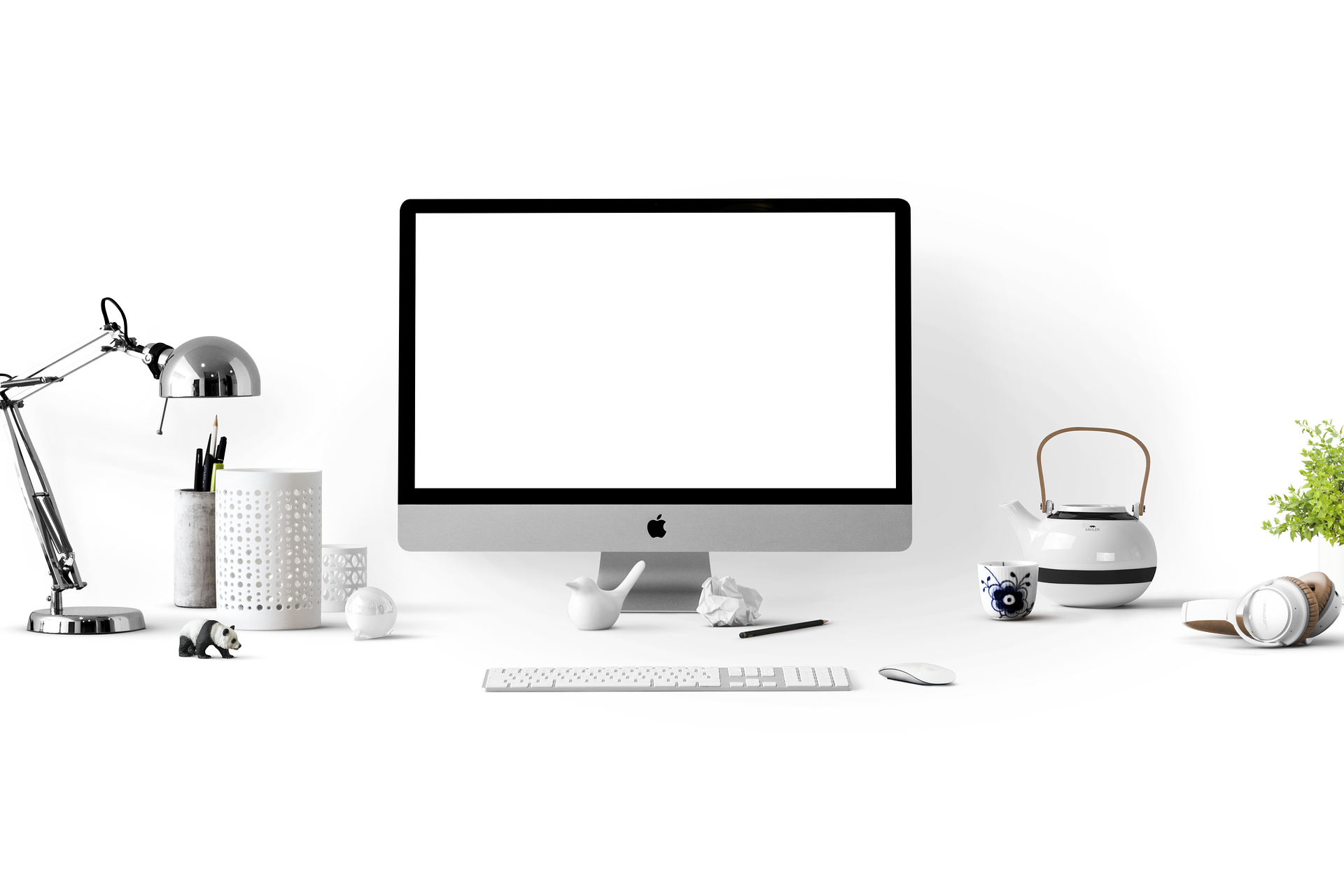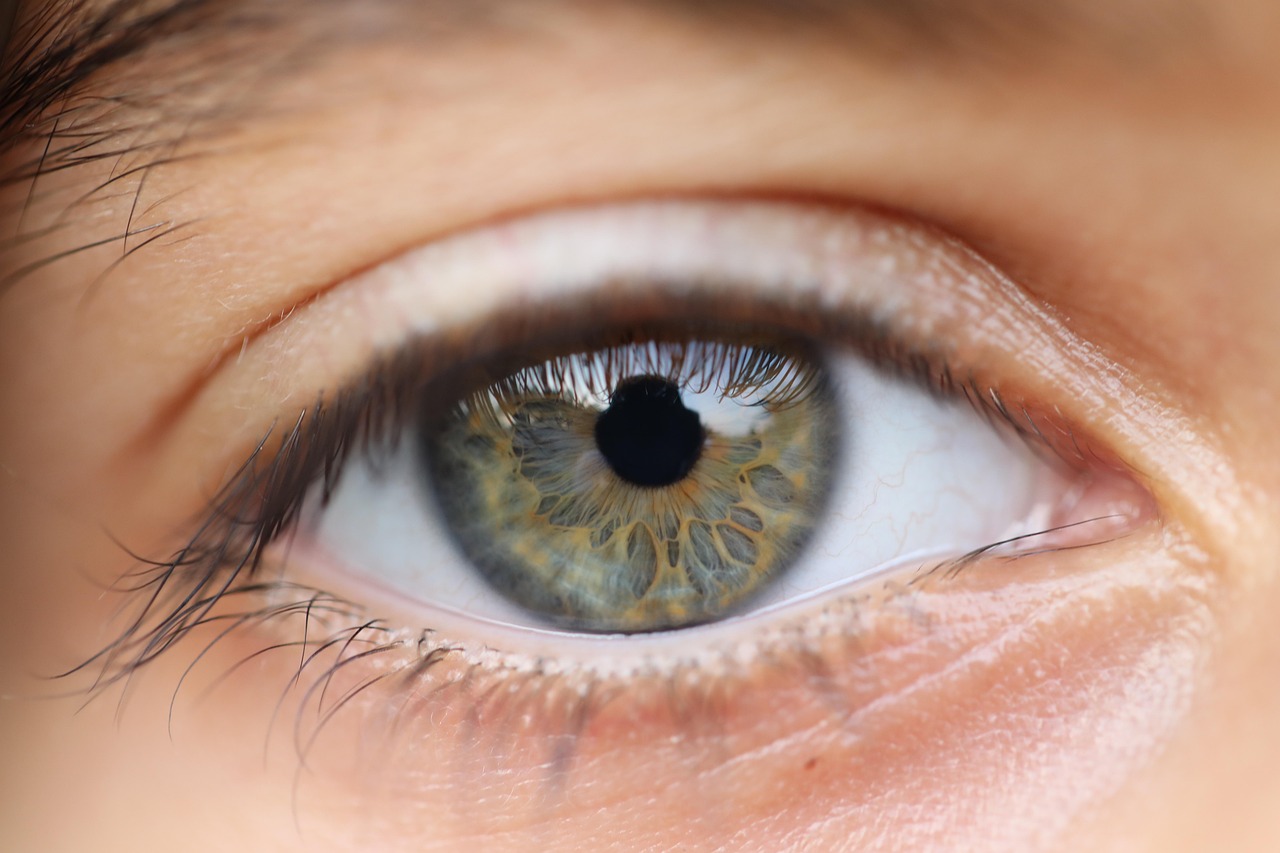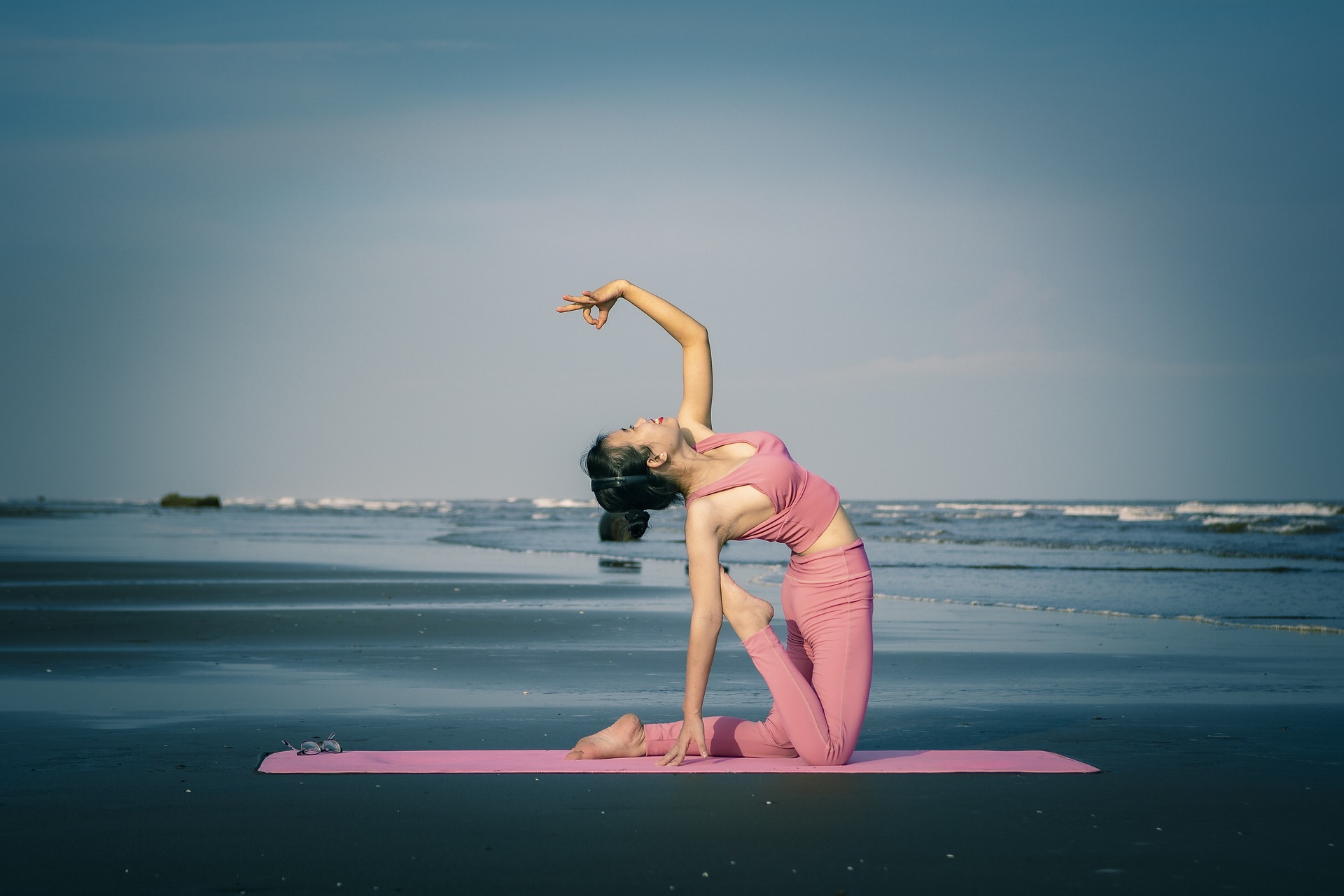Transcending the Boundaries: The Leap from Traditional to Digital Artistry
The digital revolution has truly changed the way we perceive, create, and interact with art. From the tactile paintbrushes and canvases to the immersive world of digital screens and styluses, the transition has been nothing less than groundbreaking. Let's delve into this fascinating journey and explore how it impacts both artists and art enthusiasts.
The Journey So Far: A Historical Perspective
In a world where technology is rapidly evolving, it’s fascinating to see how it has influenced one of the oldest human practices: art. Traditionally, art involved physical mediums like canvas, paint, and brushes. But the advent of computers and digital technology in the mid-20th century began to change that. Digital art, as we know it today, started to take shape in the 1960s and 1970s when artists began to experiment with computational art, creating pieces using algorithms and computer programs. This was just the beginning of a revolution that would redefine the boundaries of artistry.
The Digital Canvas: Today’s Landscape
Fast forward to today, digital art has never been more prevalent or influential. Almost every artist has dipped their toes into the digital realm, and many have fully embraced it. New software like Adobe Photoshop, Illustrator, and Procreate have given artists unprecedented control over their work, allowing them to create complex and intricate pieces with just a few clicks and swipes. Moreover, the rise of social media platforms has made it easier than ever for artists to share their work and connect with a global audience.
The Market Impact: A Booming Industry
As more artists transition to digital mediums, the market for digital art tools has skyrocketed. Today, products like graphic tablets, styluses, and advanced art software constitute a multi-billion dollar industry. Companies like Wacom, Adobe, and Apple are at the forefront, offering a range of products to cater to both professional and hobbyist artists. The estimated price range for these products varies greatly—from affordable entry-level tablets costing around $100 to professional-grade devices and software that can run into thousands of dollars.
Bridging the Gap: 3D Printing and Digital Sculpting
The influence of digital technology isn’t just confined to two-dimensional art. It’s also making waves in the world of sculpture. Artists are now using digital sculpting tools to create detailed 3D models that can be brought to life using 3D printers. This has opened up exciting new possibilities in the realm of sculpture, allowing artists to create pieces that would have been impossible with traditional methods.
The Future: Virtual Reality and Beyond
The future of digital art seems boundless with the emergence of technologies like virtual reality (VR). Artists are now beginning to explore VR as a new medium, creating immersive 3D artworks that can be experienced in a completely new way. This not only allows artists to push the boundaries of their creativity but also offers viewers a whole new way to engage with art.
In conclusion, the transition from traditional to digital artistry has been a monumental shift, transforming not just the way art is created but also how it is shared, viewed, and experienced. As technology continues to evolve, it’s exciting to imagine what the future holds for the world of art.





